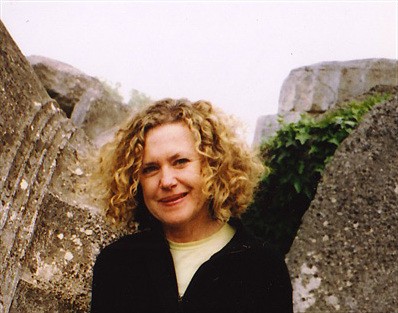
Anne Wagner
Everyday People
Lecture by Anne Wagner
13.5 2011
Stockholm
According, in other words, to the notion of a special category of experience: routinized yet not taking its marching orders from the rhythms of industrialized production, steeped in the ordinariness that life has when it falls through the cracks. This paper revisits Lefebvre’s proposal, to ask whether the everyday still survives as a useful term. If so, how might it figure in contemporary visual representation? This paper suggests that some such set of questions have motivated a fairly wide range of recent artworks-most of them variations on the practice of portraiture–bringing with them the anxiety that everyday experience might well be a thing of the past.
Everyday People
Lecture by Anne Wagner
13 May 2011 at 5-6 pm
In the Auditorium
Language: English
Anne M. Wagner was a professor in the Department of History of Art at the University of California, Berkeley from 1988 to 2010, and held the Class of 1936 Chair. She is now Class of 1936 Chair Emerita. Recent published essays include studies of David Smith’s welded sculpture, Candice Breitz’s celebrity videos, and space in Eva Rothschild’s recent work. Her work has appeared in such journals as Artforum, Representations, October, and The Threepenny Review. Jean-Baptiste Carpeaux: Sculptor of the Second Empire, was published in 1986, and Three Artists (Three Women) in 1996.
In 2005, her third book, Mother Stone: The Vitality of Modern British Sculpture, came out from Yale University Press. A book of her essays, A House Divided: On Recent American Art, will appear in fall 2011 from University of California Press. In progress is Behaving Globally, which has been commissioned by Princeton University Press for a new series called Essays on the Arts. In September 2010, Anne took up a newly created position at Tate, where she is The Henry Moore Foundation Research Curator. She is also Visiting Distinguished Professor at the University of York.
In collaboration with Södertörn University
